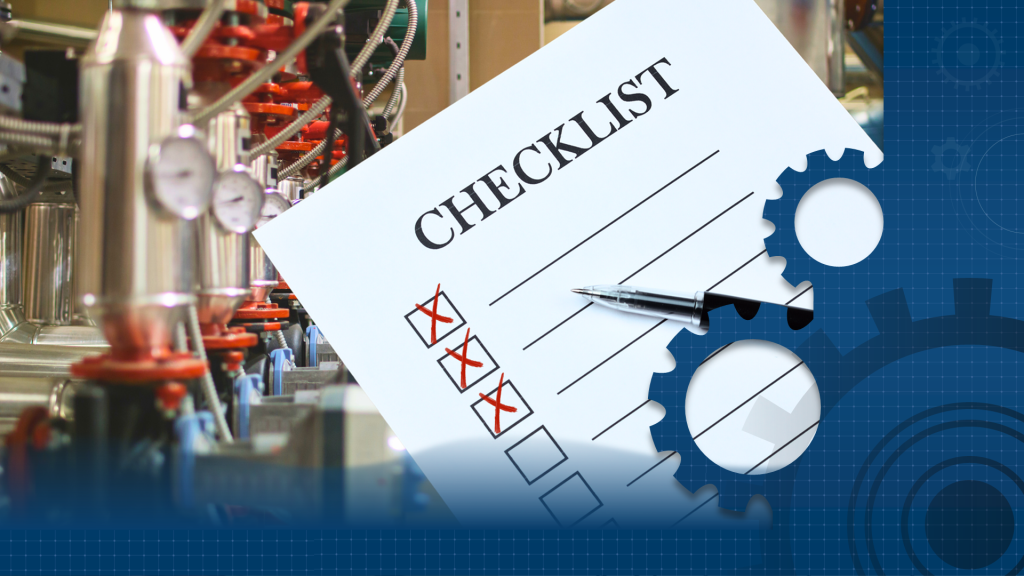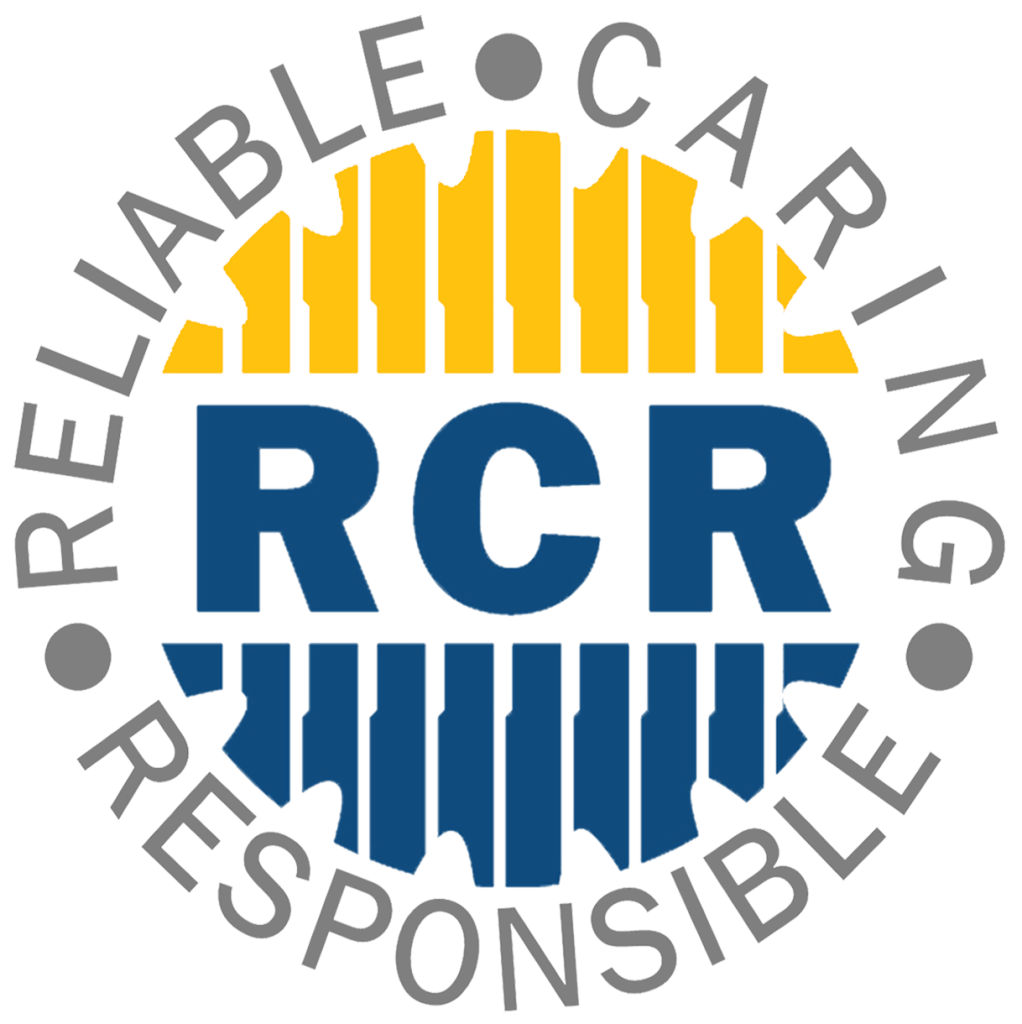Have you ever been drowning in a sea of maintenance tasks, struggling to keep your facility running effectively?
A maintenance backlog can be overwhelming, leaving even the most experienced facility managers confused. This obviously can lead to operational disruptions, increased costs, and potential safety hazards.
Therefore, a well-managed backlog is essential for ensuring the smooth operation of facilities and preventing costly disruptions. By implementing proven approaches, organizations can elevate operational reliability and minimize downtime. This, in turn, allows for the optimal utilization of resources, making it a crucial reference for facility managers and maintenance professionals aiming to enhance their organization’s efficiency and productivity.

Key Takeaways
-
- What is a maintenance backlog?
- What is the cause of maintenance backlog?
- What is the impact of unmanaged backlogs?
- How to optimize your maintenance backlogs?
What is a maintenance backlog?
A maintenance backlog is a comprehensive task list for maintenance teams. It’s an assortment of maintenance tasks, repairs, and work orders that have accumulated over time and require attention. These tasks vary in scope, ranging from minor repairs to critical safety inspections. The term ‘backlog’ indicates a bottleneck or accumulating pending work.
Maintenance backlogs are common across diverse industries, from manufacturing and facility management to transportation services. The components of a maintenance backlog typically include:
- Maintenance tasks: Specific maintenance activities such as equipment repairs, inspections, preventive maintenance, or replacements.
- Work order: Task documentation which includes details like the task description, required resources, estimated time, and priority.
- Assets: Equipment or machinery that requires maintenance, with each asset potentially having multiple associated tasks.
- Prioritization: Task categorization by their importance and urgency, allowing critical issues to be addressed first.
- Resource requirements: Information about the resources needed for each task, including labor, materials, tools, and budget allocations.
- Completion status: Tracking the status of each backlog item helps to monitor progress and ensure that no items are missed.
What is the cause of maintenance backlog?
Understanding the reasons for maintenance backlogs is the first step to resolving them effectively. By identifying the root causes, we can clearly develop strategies to prevent or manage these issues. Here are some common reasons why maintenance backlogs accumulate:
1. Resource limitations
Lack of maintenance personnel, equipment, or materials can prevent the timely completion of maintenance tasks. When there are not enough resources to meet the demand for maintenance work, tasks accumulate.
2. Budgetary constraints
Insufficient funding allocated to maintenance activities can restrict the ability to address maintenance needs promptly. If an organization has limited financial resources needed for maintenance, backlogs can grow.
3. Unplanned failures
Unexpected breakdowns or equipment failures can shift maintenance teams to urgent corrective actions, causing a buildup of pending preventive maintenance tasks, and creating a backlog.
4. Inefficient workflows
Maintenance processes that are not streamlined or optimized can lead to delays in completing maintenance tasks. Inefficient workflows can result in tasks piling up in the backlog due to slower completion.
What is the impact of unmanaged backlogs?
Unresolved and unmanaged maintenance backlogs can have many negative impacts on an organization. Here are four significant consequences of unmanaged maintenance backlogs:
1. Increased downtime and disruptions
Unaddressed maintenance backlogs can lead to increased equipment breakdowns and failures. This results in more frequent and prolonged downtime, which disrupts operations and production schedules. The longer equipment remains non-operational, the more significant the impact on productivity and profitability.
2. Safety risks
Certain maintenance tasks, especially those related to safety inspections or critical equipment, can be deferred in unmanaged backlogs. This poses a significant safety risk to both employees and the facility. Failure to address these tasks promptly can lead to accidents, injuries, or even fatalities.
3. Higher costs
Maintenance costs tend to rise when maintenance backlogs are left unattended. Delayed or deferred maintenance often means that minor issues become more severe and costly to repair. Additionally, the need for emergency repairs and replacements can drive up expenses. Inefficient use of resources, including overtime labor and rush orders for parts, can also contribute to higher costs.
4. Reduced asset lifespan
Unmanaged backlogs can lead to neglect of routine maintenance and preventive measures. This neglect accelerates equipment and asset deterioration, shortening their overall lifespan. The premature replacement of assets due to neglect can be a significant financial burden on an organization.
How to optimize your maintenance backlogs?
Efficiently addressing backlog items is crucial for minimizing operational disruptions and maintaining a smooth workflow. Here are five strategies to enhance workflow efficiency in managing and tackling backlog items:
1. Prioritization and planning
- Prioritize backlog items based on their importance, safety, and impact on operations. Focus on addressing high-priority items first.
- Create a well-structured plan for addressing backlogs, including clear timelines and task assignments.
- Use data-driven decision-making to identify which items need immediate attention and which can be postponed.
2. Resource allocation
- Ensure that an adequate number of skilled maintenance personnel and necessary equipment or materials are available to address the backlog.
- Consider outsourcing or contracting additional resources during peak backlog periods to meet the demand for maintenance work.
3. Preventive maintenance
- Emphasize preventive maintenance to reduce the recurrence of backlog items. Regular inspections and maintenance can prevent equipment failures and breakdowns.
- Implement a proactive maintenance schedule and use predictive maintenance technologies to anticipate issues and address them before they become critical.
4. Automation and technology
- Invest in Computerized Maintenance Management Systems (CMMS) or Enterprise Asset Management (EAM) software to automate maintenance workflows, task assignments, and reporting.
- Utilize mobile apps and devices for real-time data collection and reporting, improving communication and reducing manual paperwork.
5. Continuous improvement
- Conduct regular reviews of maintenance processes and workflows to identify bottlenecks or inefficiencies.
- Encourage feedback and suggestions from maintenance personnel to streamline and improve the maintenance process.
- Implement key performance indicators (KPIs) to monitor the efficiency of backlog management and identify areas for improvement.
In conclusion, the effective management of maintenance backlogs is paramount for any organization seeking to optimize its operations and maintain a safe and efficient working environment. As we’ve seen, maintenance backlogs can disrupt operations, drain resources, and jeopardize safety.
However, by adopting a proactive approach to planning and making data-driven decisions, or working with a professional FM provider, organizations can streamline their maintenance backlog, reduce downtime, and ultimately enhance their overall operational efficiency. This commitment to best practices and continuous improvement will undoubtedly contribute to long-term success and sustainability.





